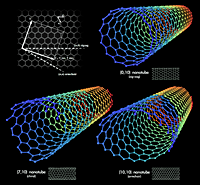
Space is as hostile as environments come. Astronauts encounter temperatures that swing from 248 F (120 C) to -148 F (-100 C), and that’s just near Earth. The temperature of deep space plummets to -454 F (-270 C). Even the relative comfort of a space station—with its carefully regulated temperature, pressure and mix of gases—offers no escape from the ravages of prolonged exposure to microgravity.
If ever a setting called for robotic assistance, space is that place; but working in place of and, particularly, alongside humans requires a combination of strength, gentleness and dexterity unequaled by robots found anywhere else. Let’s take a look at …

